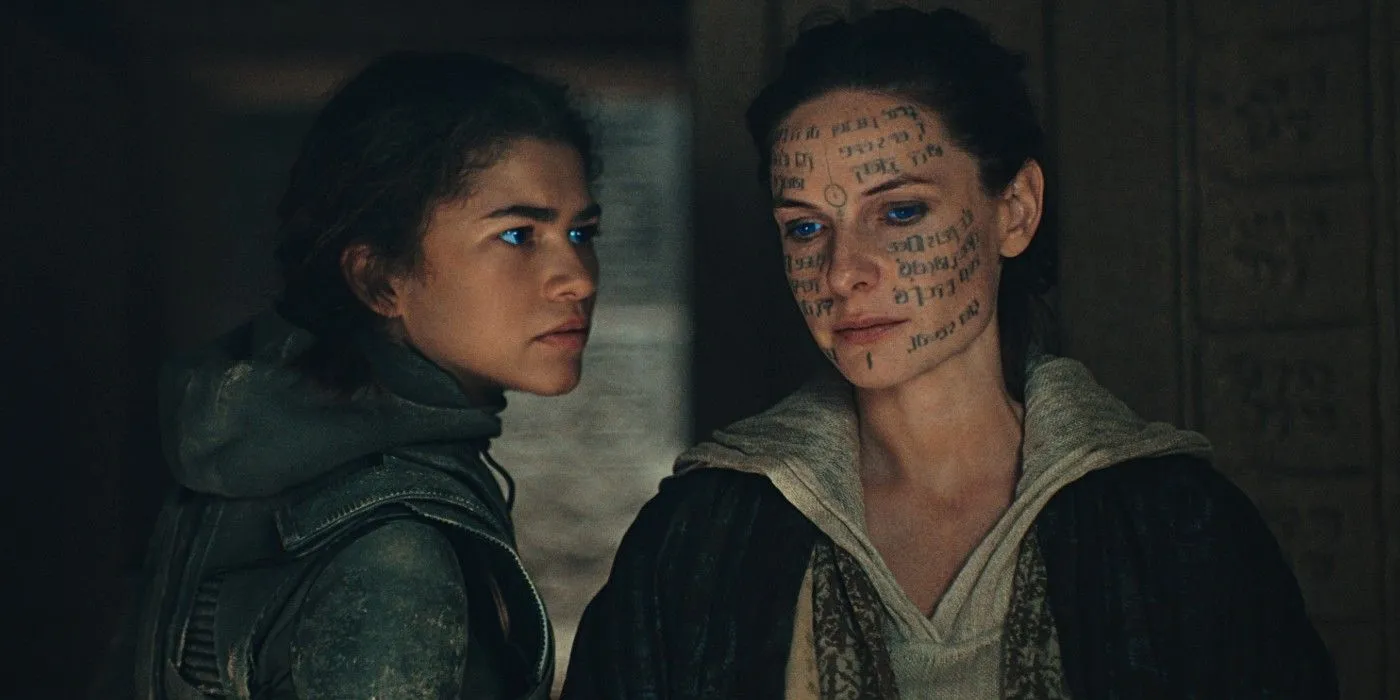
Denis Villeneuve’s Vision for Dune: Part Two
Renowned filmmaker Denis Villeneuve recently shared insights into one of his favorite shots from Dune: Part Two. This critically acclaimed sequel has achieved remarkable success, amassing over $700 million globally, thereby surpassing the box office performance of its predecessor and ranking as the fourth highest-grossing film of 2024. As the concluding segment of Villeneuve’s adaptation of Frank Herbert’s iconic science fiction novel, the film chronicles Paul Atreides’ (Timothée Chalamet) ascent on the desert planet Arrakis. Among its many memorable scenes, one particular shot stands out as a pivotal moment in shaping the film’s overarching message.
Reflecting on a Defining Shot
In an interview with GamesRadar+, Villeneuve discussed the significance of the film’s final shot, highlighting how it captures the essence of Herbert’s narrative. He expressed, “It’s one of my favorite shots. I did that shot and knew I had a movie.” Villeneuve emphasized that the concept for this particular scene emerged early on during the adaptation process. His aim was to respect Herbert’s original intent, which he believed was often misinterpreted as a glorification of Paul Atreides. Villeneuve noted that Herbert himself sought to rectify this misunderstanding, expressing his concerns about depicting messianic figures and their potential to misuse religion as a tool for power. This inspiration led Herbert to pen the sequel, Dune Messiah.
“Knowing that, we tried to respect his early ideas of doing a cautionary tale, making sure that this will be perceived by the audience. We had this idea of transforming Chani. In the book, she’s in the shadow of Paul, but we wanted to give Chani her own agenda here, her own beliefs, her own tale… So, the movie was structured around their relationship, then at the start of the third act we embrace Chani’s perspective more. And from her perspective, we can see where Paul deviates from his path, becoming something he was afraid to become. She becomes our moral compass. It was therefore very important to finish the movie on Chani as that’s our angle, our take.”
What This Means for Dune: Part Two
Reframing Paul and Elevating Chani’s Role

Villeneuve’s adaptation aims to reflect a more nuanced narrative by balancing the focus between Paul and Chani. Although Paul remains essential to the storyline, Dune: Part Two positions Chani, portrayed by Zendaya, as a pivotal moral guide, especially in the film’s climactic third act. By emphasizing her perspective, Villeneuve crafts a film that stays true to the core warnings of Herbert’s works while offering a fresh take on the characters. This narrative shift compels the audience to reevaluate their perceptions of Paul Atreides.
This deliberate characterization serves to illuminate Herbert’s original portrayal of Paul as a flawed hero—a cautionary figure rather than a glorified champion. By allowing Chani’s perspective to dominate the film’s conclusion, Villeneuve effectively showcases how Paul strays from his original ideals. This creative direction adds layers of complexity to the characters and reflects the director’s commitment to faithfully adapting Herbert’s profound narratives.
Our Take on Villeneuve’s Vision
A Successful Decision





Denis Villeneuve’s approach to reinterpret and reimagine Herbert’s legacy demonstrates his prowess as a filmmaker. By centering Chani’s perspective, he not only breathes new life into her character but also raises awareness of the perils associated with blind idolization of messianic leaders. This creative decision significantly amplifies the film’s impact and showcases Villeneuve’s dedication to challenging conventional expectations.
The climactic shot Villeneuve references epitomizes the central themes of Dune: Part Two—power, transformation, and morality. By reinforcing these fundamental ideas, Villeneuve successfully honors the essence of Herbert’s work while establishing the Dune saga as a compelling cinematic experience that resonates with contemporary audiences.
Source: GamesRadar+




Leave a Reply